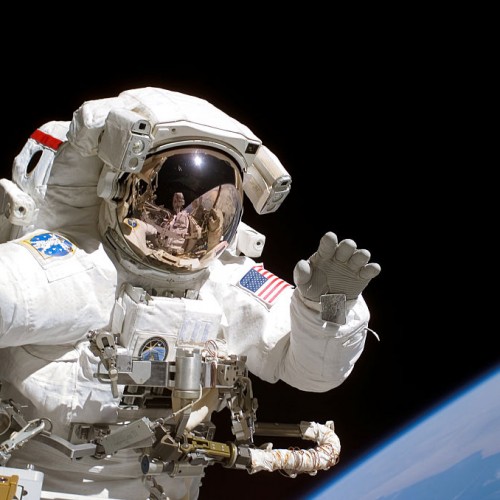NASA Curiosity Rover Live Stream: Will.i.am Song Live On Mars Through Speakers [NASA Live Stream]
Will.i.am will broaden his fan base on an intergalactic level.
NASA's Curiosity rover will play Black Eyed Peas' lead singer Will.i.am's single, "Reach for the Stars," through their speakers on the planet Mars on Tuesday, Aug. 28.
NASA will live stream Curiosity playing the single from the Red Planet at 1 p.m. (PST) or 4 p.m. (EST) as part of an educational event for students.
Students will hear the song while attending the event at NASA's Jet Propulsion Laboratory in Pasadena, Cali. NASA's team that helped the landing of Curiosity on Mars will speak with students about their first mission on Aug. 5 and the technology behind it.
The song, "Reach for the Stars," was inspired by Will.i.am's passion for science, technology and space exploration. He created the song exclusively for the fact-finding mission, in which Curiosity travels around Mars to collect any new data while 780 million miles away.
The Curiosity rover - with no humans inside- landed on Mars the evening of Aug. 5 PST (morning of Aug. 6 EST) ending a 36-week flight. A few hours later, NASA released the first image of the Red Planet taken by the rover.
NASA's Curiosity became the largest rover ever to land on another planet and marked the beginning of an ambitious goal set by the United States to send humans to the Red Planet in the 2030s.
"[The landing] marks an unprecedented feat of technology that will stand as a point of national pride far into the future. It proves that even the longest of odds are no match for our unique blend of ingenuity and determination," President Barack Obama said in a statement.
The Curiosity rover is expected to stay two years on the Red Planet to assess whether Mars ever had an environment able to support life forms.
The vehicle, which is about the size of an SUV, immediately began sending back pictures of the landscape with its "fisheye" hazard avoidance cameras, and the photos have amazed NASA and the general public.
NASA will further explore Mars when it launches Mars Atmosphere and the Volatile Evolution (MAVEN) orbiters next year.








